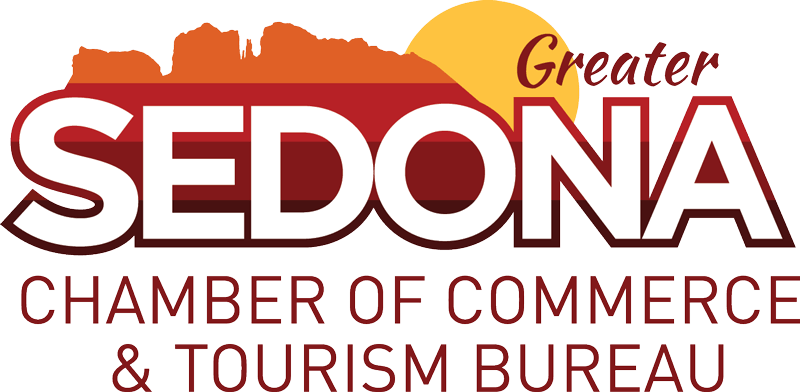 Tourism Declines Are Real, But the Economy Remains Resilient
Tourism Declines Are Real, But the Economy Remains Resilient
Reprinted from Sedona Red Rock News
By David Key
The Economic Shift
The United States is still living with the consequences of an extraordinary economic experiment. For more than a decade, interest rates sat near zero. Businesses could borrow without concern and many grew quickly on cheap credit. When the pandemic hit, that system collided with supply chain breakdowns and surging consumer demand, and inflation took hold. The Federal Reserve responded with the fastest rate hikes in a generation.
A New Reality
We now live in a very different economy. Borrowing is expensive, the cost of living is high, and many sectors are adjusting to tighter financial conditions. In Sedona, those pressures are felt most acutely in tourism. Visitor numbers have slowed, room rates have softened, and restaurants, shops, and attractions that depend on steady foot traffic are seeing fewer customers. For a community so tied to visitor spending, it can feel like the early signs of recession are already here.
The National Picture
The national picture tells a different story. Across the country, demand has not collapsed. People are still traveling, spending, and working, though they may be choosing different destinations, adjusting trip lengths, or holding back on premium experiences. While Sedona and other high-cost leisure markets are experiencing declines, that weakness is not mirrored in the broader economy. National job growth continues, unemployment remains low, and wages are still rising in key sectors.
Understanding the Gap
That contrast matters. What Sedona is feeling is real and painful, but it should not be confused with a national recession. Locally, businesses are struggling with softer demand and a high cost of operations. Nationally, the challenge looks different: labor supply is tight, housing and services inflation remains sticky, and employers in many industries still cannot hire enough workers.
The Path to Adaptation
For Sedona businesses, this means adaptation is essential. The zero rate playbook of growing quickly on cheap debt and expecting steady visitor demand is gone. Owners must focus on efficiency, workforce development, and carefully managing capital. Technology can help stretch limited staff, while investments in training and workplace culture will be the difference in retaining employees. Tourism will recover, as it always does, but businesses that adjust now will be better prepared when it does.
Local vs. National
The lesson is that while national economic trends are not pointing toward recession, local realities can diverge. Sedona sits at the intersection of both stories: a national economy that is resilient, and a local tourism market that is in a period of correction. Recognizing that distinction is critical. It prevents us from mistaking a cyclical slowdown for something more permanent, and it challenges us to make the adjustments needed to bridge this moment.
Looking Forward
Sedona is no stranger to resilience. The community has weathered downturns before, and it will again. But the path forward requires seeing the local pain in the context of a broader economy that is still growing. That perspective should give business owners confidence that while today is difficult, tomorrow still offers opportunity.

 Tourism Declines Are Real, But the Economy Remains Resilient
Tourism Declines Are Real, But the Economy Remains Resilient